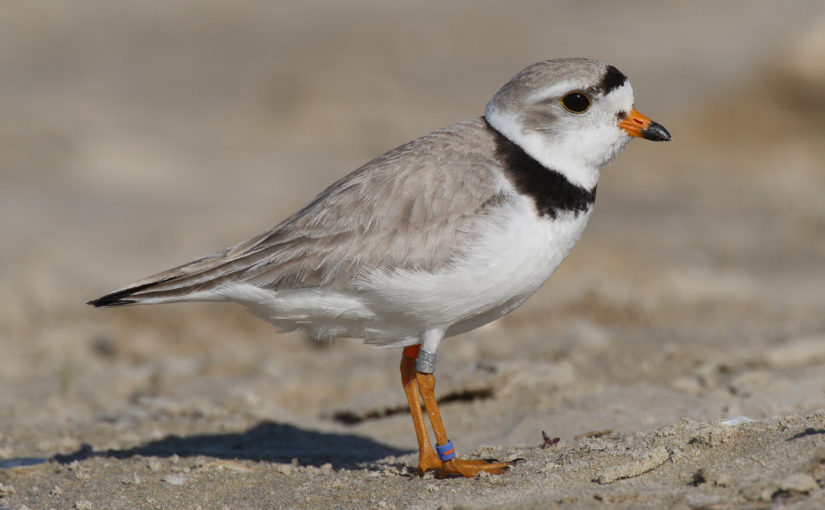The U.S. Army Corps of Engineers wants to spend $2 million building a sandbar 40 miles north of Bismarck in Washburn, North Dakota, in hopes of saving threatened and endangered species of birds.
They are attempting to increase the breeding habitats of the least tern and the piping plover populations. Previous attempts to do this have involved killing off the vegetation on sandbars to create the sandy area that the birds use for nesting. This new attempt to increase the populations will be done by dredging up nearby sand to add to submerged sandbars in order to raise them and create more surface area.
Omaha Districts Emergent Sandbar Habitat program director Jeremy Szynskie said the Corps decided against areas within 15 miles of Bismarck because of heavy recreation and the sandbars between Garrison Dam and Knife River because of the flow rates of the dam. Along with these locations, the Corps also decided to rule out areas with a width less than 630 feet. This left the agency with around 4 miles of the river to choose from.
This area stretches from the Garrison Dam to the headwater of Lake Oahe. According to the Corps, there were 197 least terns and 266 adult piping plovers in 2017. For the northern region, there were 321 least terns and 633 piping plovers.
There are currently 450 acres of sandbar from the Garrison Dam to the headwater of Lake Oahe, which meets the goals of the Army Corps of Engineers. However, Szynskie said the sandbars are eroding over time. They will not keep their goal of 450 acres by the 2019 nesting season if nothing is done.
“The river has changed so much after the 2011 flood,” Szynskie said.
Wendy Reed, professor and head of the department of biological sciences, said these birds nest in very specific areas so they are important to the species.
“We need to channel our inner superhero … We have unprecedented power to change our lands and waterways for our purposes, both for recreation and economic needs, but we also have great responsibility to take care of other species that rely on those same lands to live,” Reed said.
Around 30 people attended a meeting in Bismarck regarding this issue last week. The people in attendance were mainly government officials and contractors that were offering bids.
